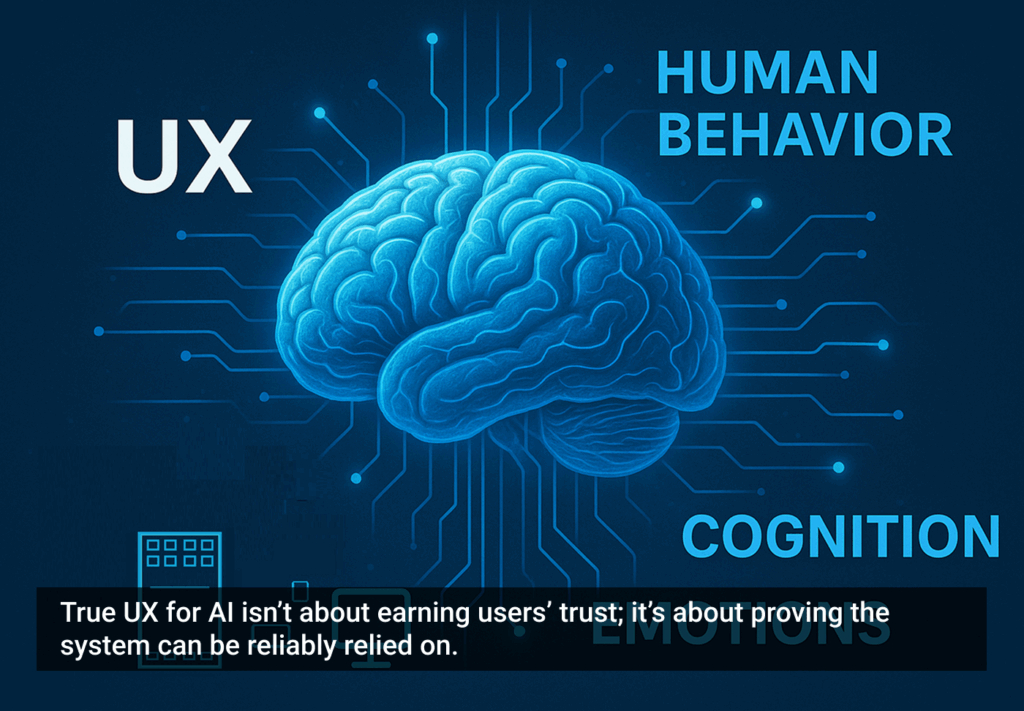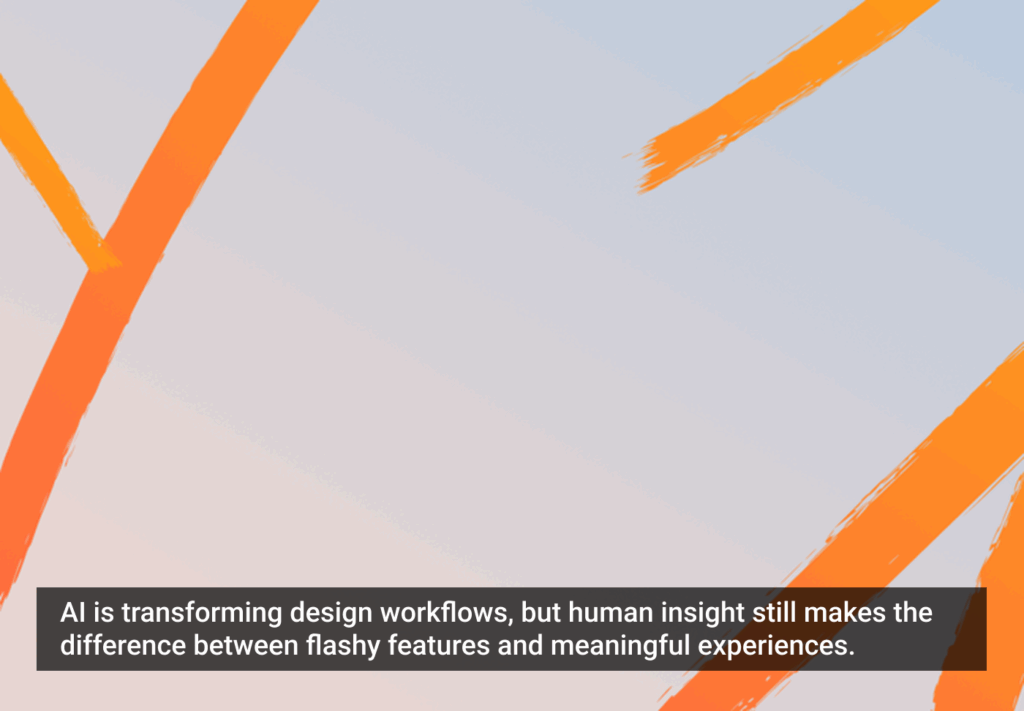- AI in UX, Artificial Intelligence, Cognition, Human-AI Interaction, Human-Centered Design, Psychology, Psychology and Human Behavior, User Research, UX Design
Trusting AI isn’t the goal — relying on it is. This article explores why human trust and AI reliance are worlds apart, and what UX designers should focus on to make AI feel dependable, not human.
Article by Verena Seibert-Giller
The Psychology of Trust in AI: Why “Relying on AI” Matters More than “Trusting It”
- The article argues that “reliance,” not “trust,” is the right way to think about users’ relationship with AI.
- It explains that human trust and AI reliance are driven by different psychological mechanisms.
- The piece highlights that predictability, transparency, and control make users more willing to rely on AI.
- It concludes that users don’t need to trust AI as a partner — only rely on it as a dependable tool.
Share:The Psychology of Trust in AI: Why “Relying on AI” Matters More than “Trusting It”
Share this link
- October 16, 2025
4 min read







